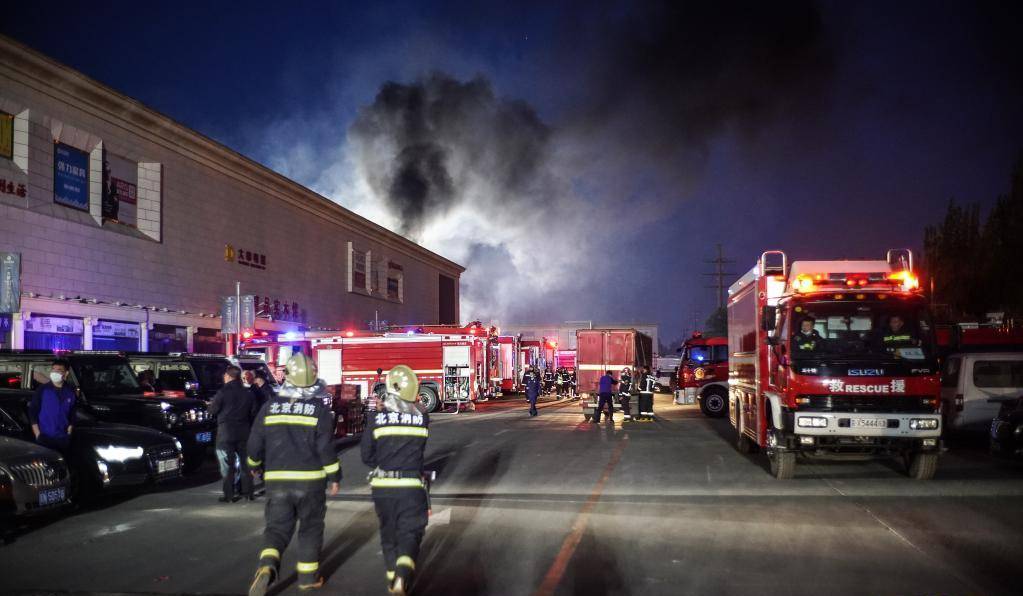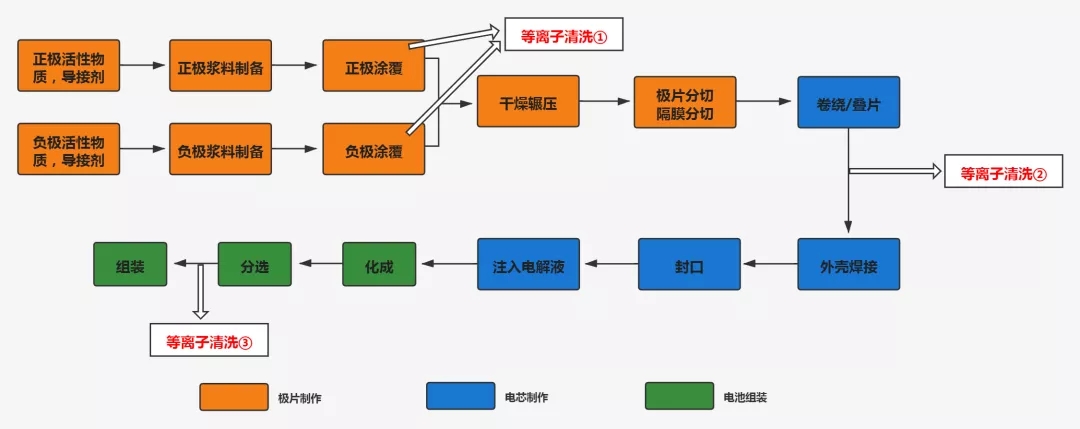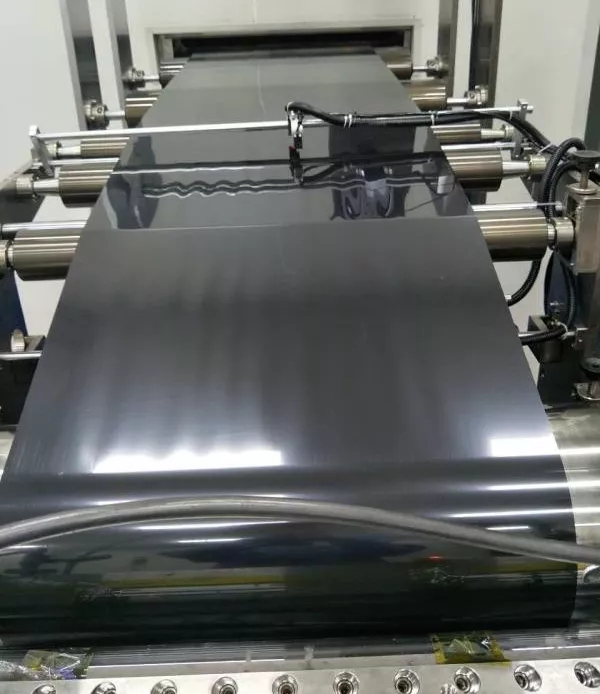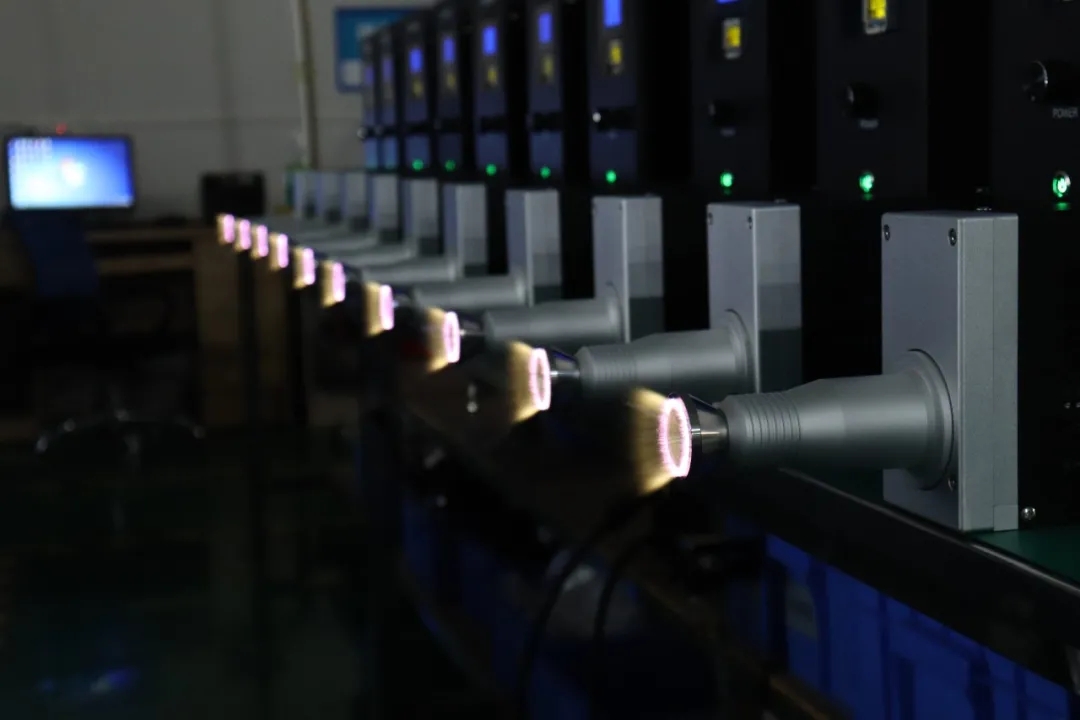At 12:17 on April 16, 2021, a fire broke out in an energy storage power station in Fengtai District, Beijing. During the firefighters' disposal, the north area of the power station exploded without warning, resulting in the sacrifice of two firefighters. One firefighter was injured and one employee in the power station lost contact.

On April 6 of the same year, according to foreign media reports, the energy storage system of a photovoltaic power station in South Korea caught fire, causing a loss of about 440 million won. It can be seen from this that the safety issues of energy storage power stations cannot be underestimated.
Combining the above two cases of energy storage power station fires, according to industry speculation, the most prominent safety risk of lithium battery energy storage is thermal runaway. Excessive temperature may lead to violent chemical reactions inside the battery, which may lead to explosion.
In recent years, thanks to the development of the consumer battery and new energy vehicle industry, lithium battery technology has made rapid progress and the cost has continued to decline, which has also laid the foundation for promoting the development of the electrochemical energy storage industry. Industry insiders pointed out that the design of energy storage power stations is relatively complex and involves many links, from cells to modules, to systems, and then to safety. Any negligence in any link or lack of standards, regulations, and management may lead to accidents.

Manufacturing process of lithium battery:
Lithium batteries are divided into square batteries, cylindrical batteries and soft pack batteries from the packaging form. Different packaging forms mean different characteristics. In the process of cell winding, the soft pack battery is laminated, the cylindrical battery is wound, and the rectangular battery is wound and laminated.
.png)
The production of lithium batteries includes three major parts: pole piece manufacturing, cell manufacturing and battery assembly. At present, the main cleaning methods of lithium batteries are laser and mechanical methods, which will not only oxidize the foil and damage the light transmission, but also increase the impedance of the cleaning area and affect the welding effect. During the cleaning process, the cleaning object will have a thermal effect to destroy the coating itself. structure, which in turn generates vibrational waves, which may result in an explosion.
The dry cleaning method of plasma cleaning equipment can not only remove impurities such as organic matter and tiny particles on the surface, but also roughen the surface of the cell, improve the wettability of the surface of the metal film, and improve the uniformity of the coating, which is conducive to improving thermal stability. , safety and reliability.

Plasma cleaning①: Plasma cleaning before pole piece coating
The positive and negative electrode sheets of lithium batteries are made by coating the positive and negative electrode materials on the metal film. The positive and negative electrode sheets need to be cleaned by plasma before coating. The single-sided density of positive electrode coating is ≈ 20-40 mg/cm2 (NCM power type), and the single-sided density of negative electrode coating is ≈ 10-15 mg/cm2. The material of the metal film is generally aluminum foil or copper foil. The previous cleaning method is wet ethanol solution cleaning, which is easy to cause damage to lithium batteries and other components. The use of plasma cleaning machine will not only cause no damage to the material and no residue, but also can remove the organic matter on the surface of the material, increase the wettability of the film surface, and improve the uniformity, thermal stability and safety of the coating.

Plasma cleaning ②: Plasma cleaning before battery welding
If the tabs of the lithium battery cells are not flat, it will lead to false welding during the welding of the lithium battery, which has a great impact on the reliability and durability of the lithium battery connection. Therefore, it must be ensured that the surface of the tabs is free of invisible dirt and dust. Plasma cleaning is carried out before the welding of lithium batteries, which can remove impurities such as organic matter or tiny particles on the surface, and prepare for battery welding in advance, so as to reduce the defective products of welding.

Plasma cleaning ③: Plasma cleaning during battery assembly
In the battery assembly process, in order to prevent the battery from short-circuiting and play the role of insulation, it is necessary to apply glue to the battery cell to improve the safety of use. Plasma treatment of insulating plates, end plates, PET films and other parts with a plasma cleaning machine before gluing can thoroughly clean the surface of the cell, roughen the surface of the cell, and improve the adhesion of subsequent gluing or gluing.

Plasma cleaning technology can achieve complete cleaning effect in production, stable surface treatment, and effective cleaning of difficult parts. Therefore, increasing the plasma cleaning process can effectively improve the battery manufacturing process level.




